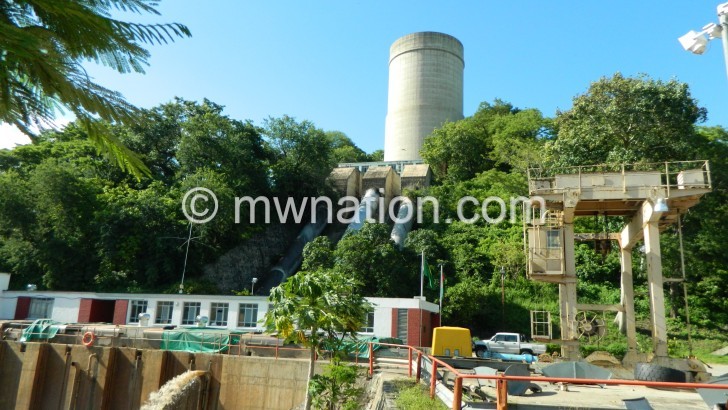Minister of Energy Newton Kambala says his ministry plans to assess the progress of Independent Power Producers (IPPs) in the production of electricity in the country.
In a written response on Monday, the minister said firms not making progress will be replaced with other IPPs to accelerate production of electricity.

He said: “Indeed, most IPPs have not shown any progress and the ministry intends to audit what they have done so far.
“We are also negotiating with more IPPs to replace those that don’t seem to be serious. As a fallback, we are also working on getting the Malawi-Zambia interconnection done within the next two years.
This will guarantee us between 70 megawatts (MW) and 100MW.”
The audit follows revelations by Malawi Energy Regulatory Authority (Mera) that out of the licensed 10 IPPs with a collective generation capacity of 368MW, only two are operational.
The two are Aggreko with a generation capacity of 78MW from diesel generators and Mulanje Hydro which has an installed capacity of eight megawatts.
Mera spokesperson Fitina Khonje said in a written response on Monday that JMC Matswani Solar Corp has made progress on its 60MW solar photovoltaic power plant in Salima.
“The power plant was expected to be online by mid this year. However, the Covid-19 pandemic has slowed down construction,” she said.
Kambala said they have engaged JCM Matswani Solar Corp to continue their work regardless of the pandemic and that “they have reorganised themselves and promised to deliver by February 2021”.
Escom public relations manager Innocent Chitosi was yet to respond to our questionnaire, but speaking earlier, Escom chief executive officer Allexon Chiwaya said their roadmap was to have IPPs operational by 2021.
He, however, said there is a window shift of six months.
Energy experts say increased power generation from IPPs will offer a good springboard for more connection across the country.
Currently, Mera figures show that electricity penetration is at around 11.5 percent of the country’s about 18 million people.
At this rate, the national electrification rate remains the lowest in the Southern Africa Development Community region.
The Malawi Government Power Demand Forecast of the Integrated Resource Plan 2017 revised in 2018, shows that the demand for electricity is projected to increase to 2000MW by 2025.
The other IPPs are HE Power which is expected to produce 41MW, Phanes Energy Renewables Nkhotakota Limited 21MW solar power, JCM Matswani Solar Corp Limited 60MW solar power, Atlas Kanengo Solar Project Limited 20 MW solar power, Quantel Renewable Energy Limited (Bwengu) 50MW solar power, Droege Mzimba Wind Farm Limited 50 MW wind power and Droege Monkey Bay Solar Farm Limited 20MW floating solar power.
Source: The Nation_August 12, 2020_by Grace Phiri- News Analyst
